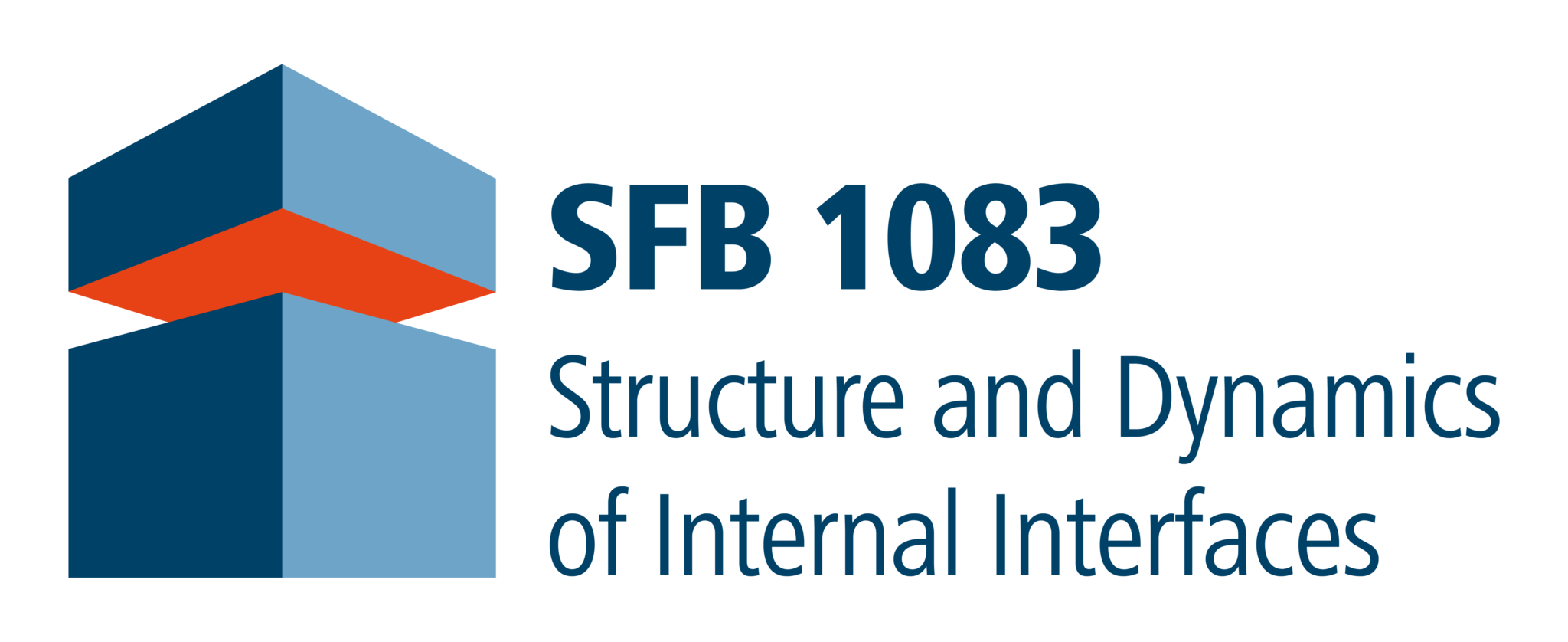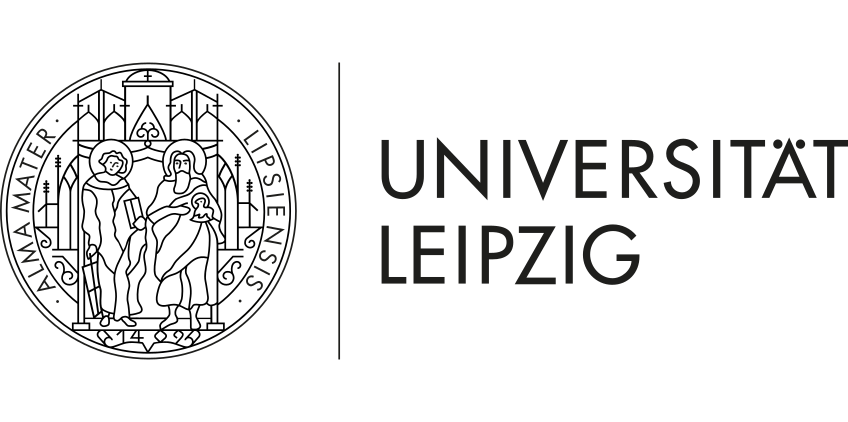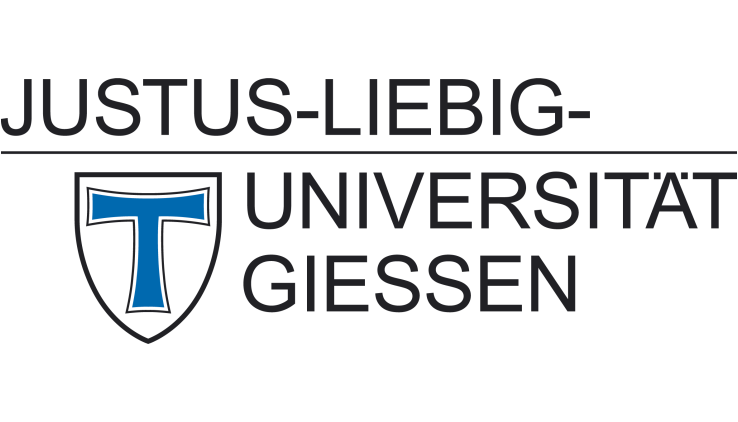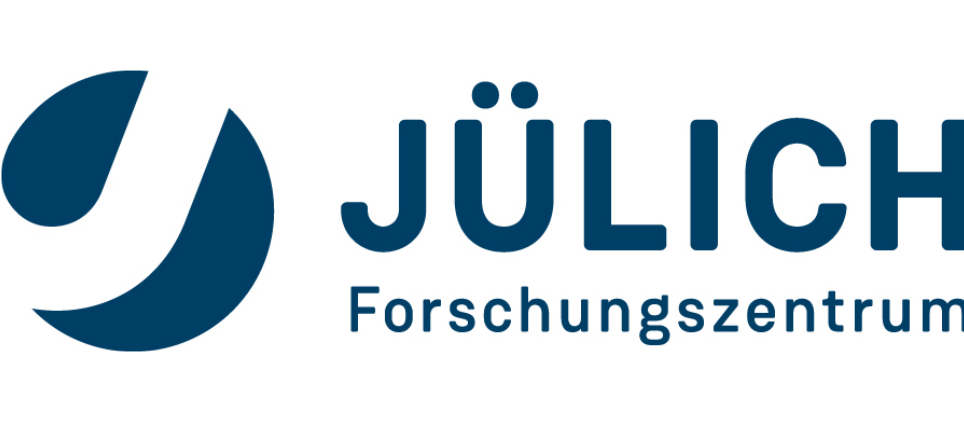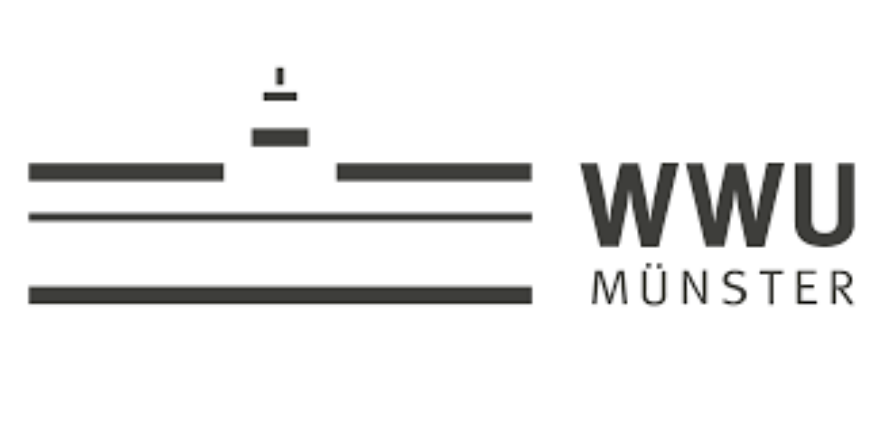Tracing orbital images on ultrafast time scales
R. Wallauer, M. Raths, K. Stallberg, L. Münster, D. Brandstetter, X. Yang, J. Güdde, P. Puschnig, S. Soubatch, C. Kumpf, F.C. Bocquet, F.S. Tautz, U. Höfer
Science 371 (2021) 1056
Using a combination of a high harmonic laser source with an electron momentum microscope orbital images of the charge transfer at an organic/metal interface with femtosecond time resolution can be recorded.

Excitation scheme for time-resolved photoemission orbital tomography. (b) Measured LUMO momentum maps for three selected delay times between pump and probe pulse. (c) Scheme of intramolecular and substrate-to-molecule excitation pathways. The LUMO pattern of the 0° molecule in (b) is seen to light up faster due to resonant HOMO-LUMO excitation than that of the 90° populated across the CuO Interface.
The microscopic charge-transfer dynamics across molecular interfaces is reflected in the population of electronic orbitals. These were, for the first time, directly monitored with ultrafast time resolution in a joint experimental effort of B6 (Höfer/Wallauer) in Marburg and A12 (Tautz/Bocquet/Kumpf) in Jülich. The experiment records the full two-dimensional intensity distribution of photoemitted electrons in momentum space in a femtosecond pump-probe scheme. Real-space electron distributions and photoemission momentum maps, called orbital tomographs, are related by a Fourier transform.
The model interface PTCDA/CuO/Cu(100) exhibits two distinct excitation pathways for the PTCDA molecule. The parallel component of the electric field of the pump pulse makes a direct HOMO-LUMO transition, while the perpendicular component transfers an electron from the metal across the atomically thin CuO spacer into the molecular LUMO. Once excited, the LUMO decays with a lifetime of 250 fs, independent of the excitation pathway.
In the future, the new experimental capability is expected to facilitate the microscopic understanding of charge-transfer and exciton-formation processes at several other classes of organic heterointerfaces with unprecedented detail, including interfaces between 2D semiconductors and layered organic molecular structures.
